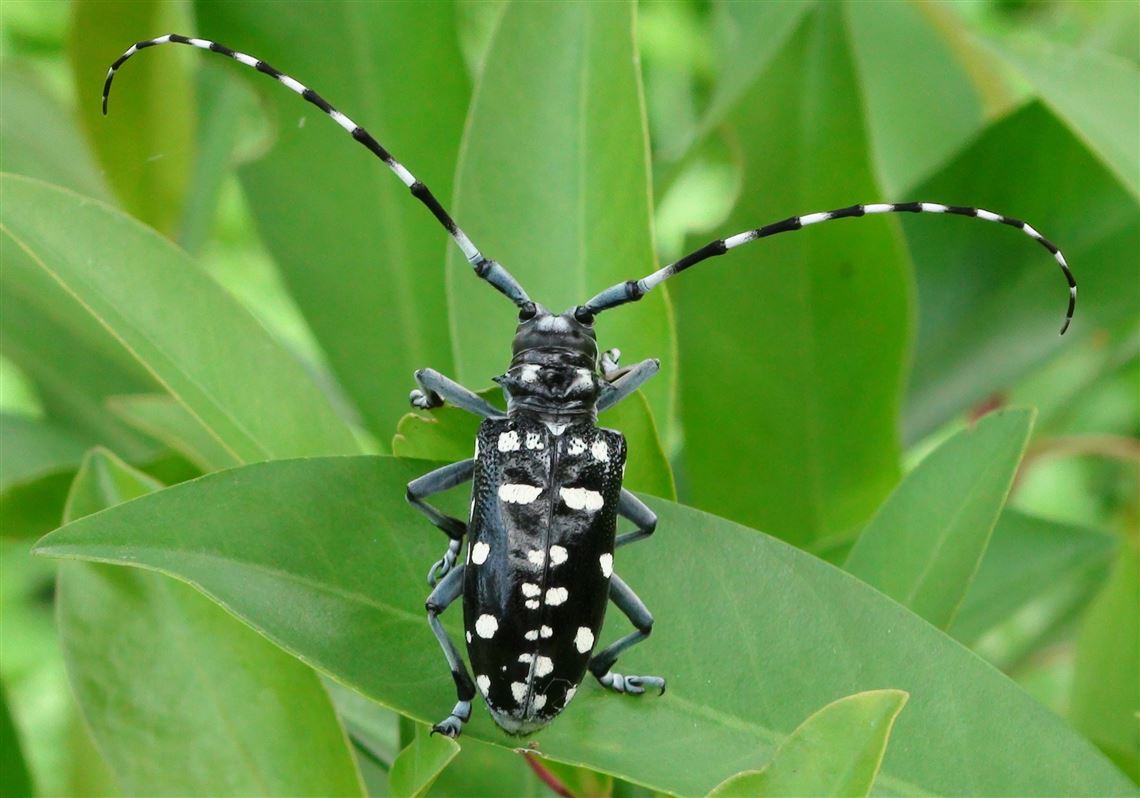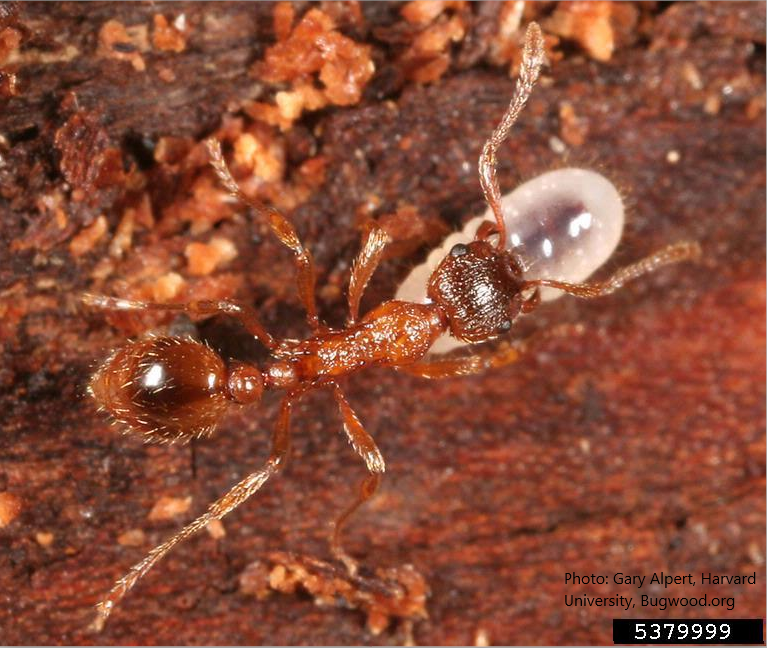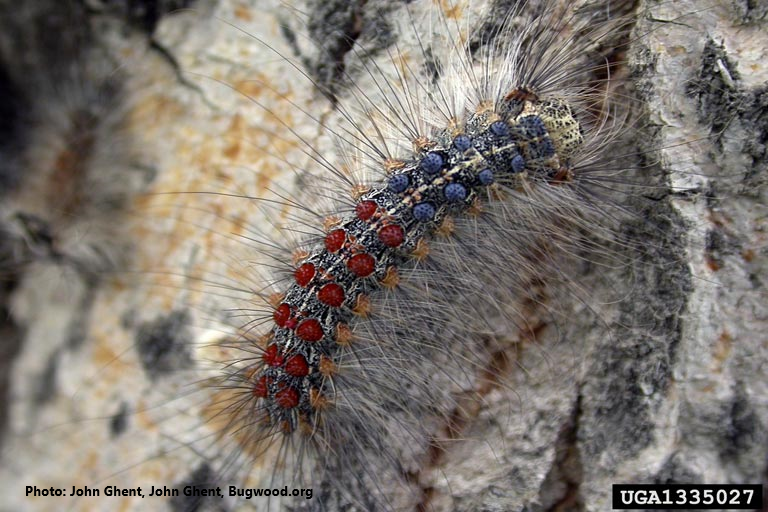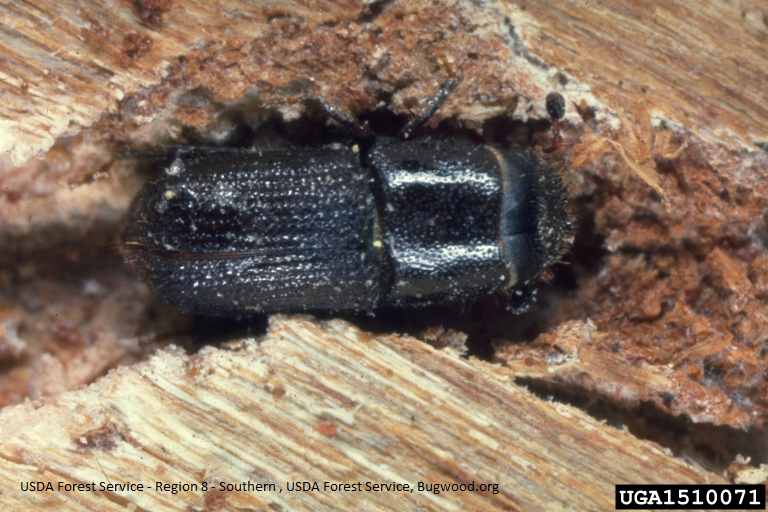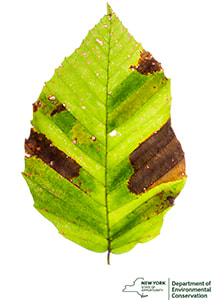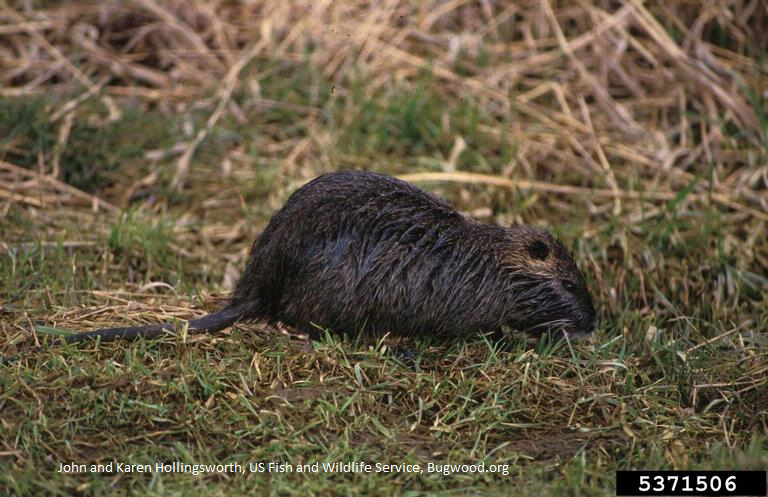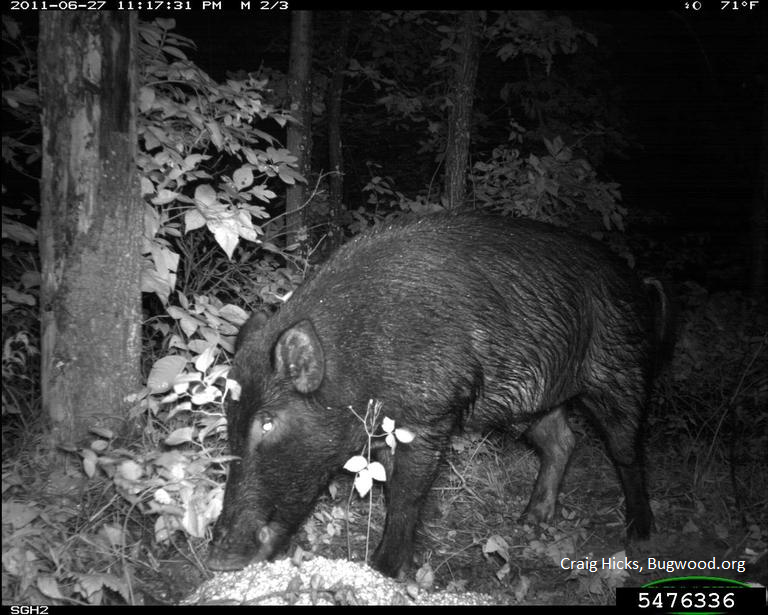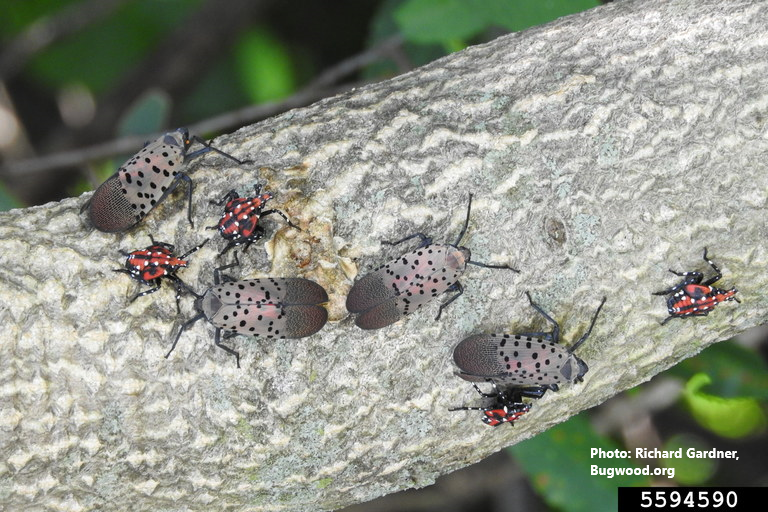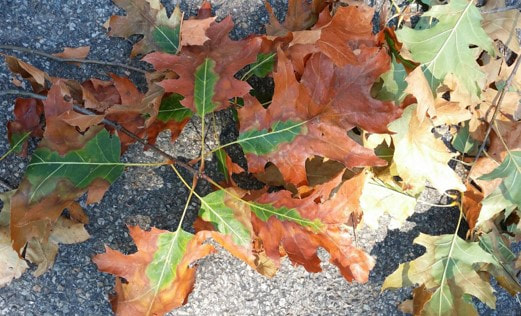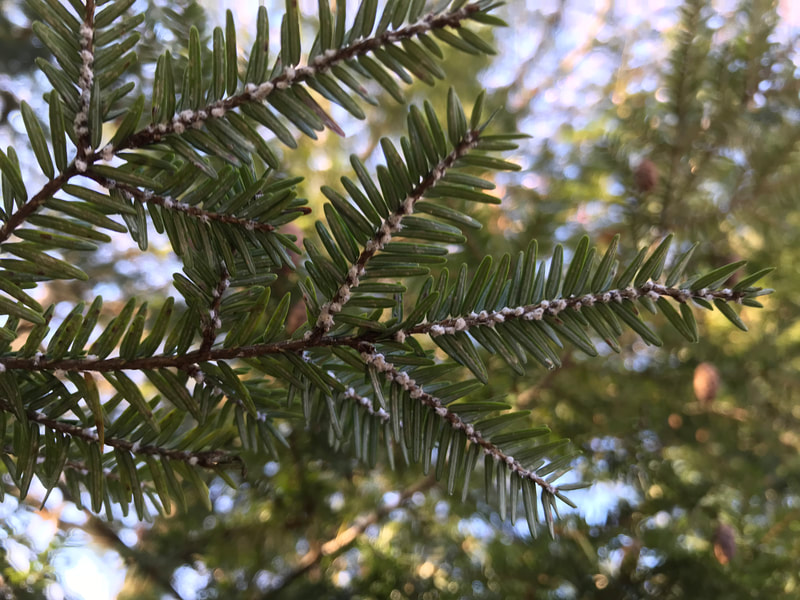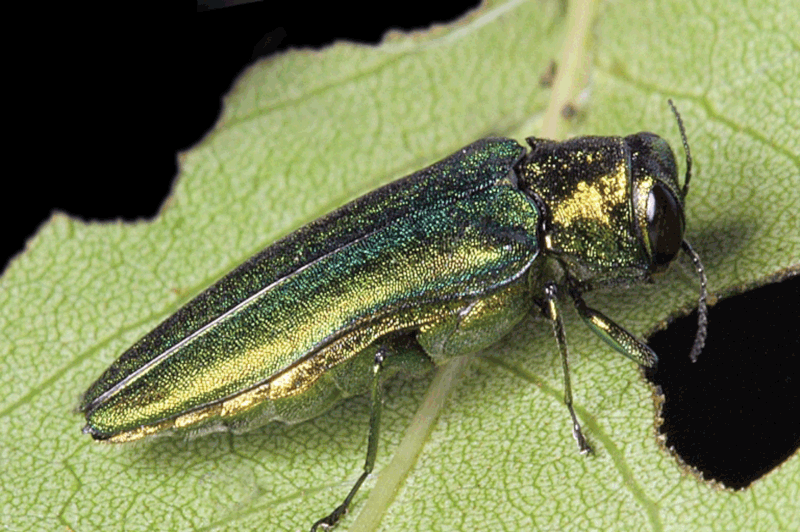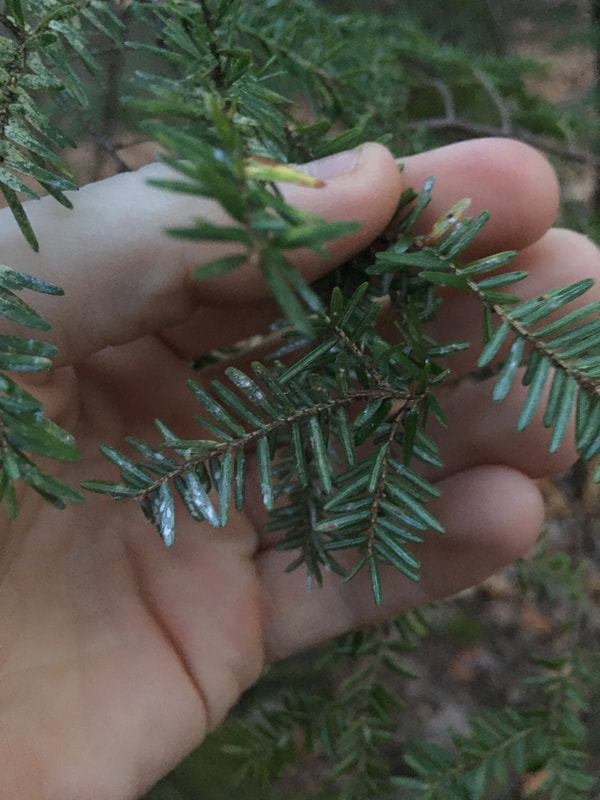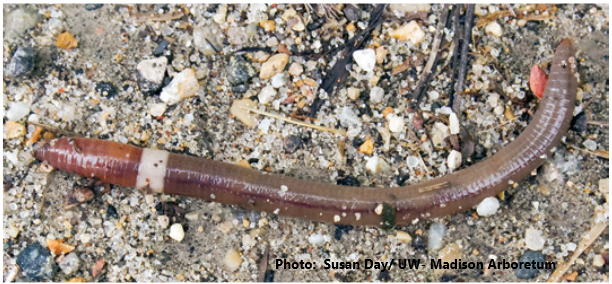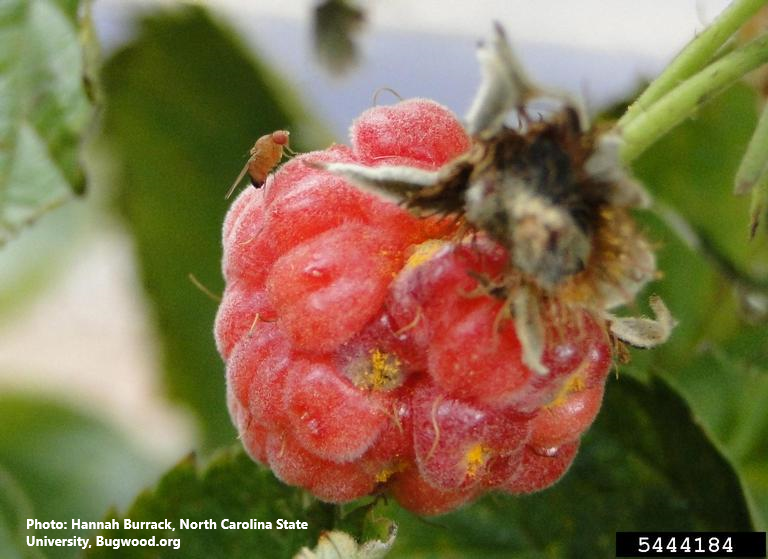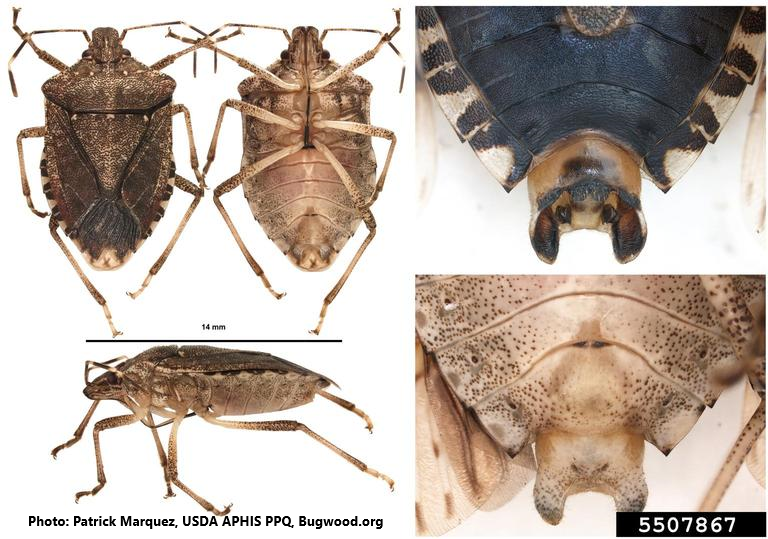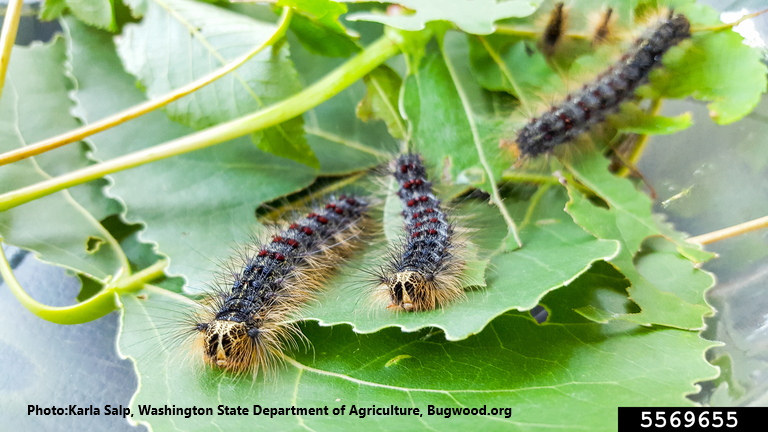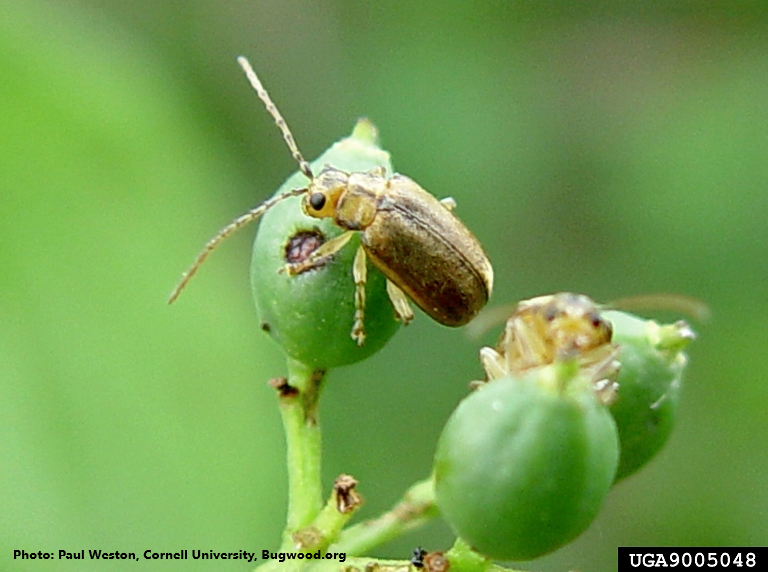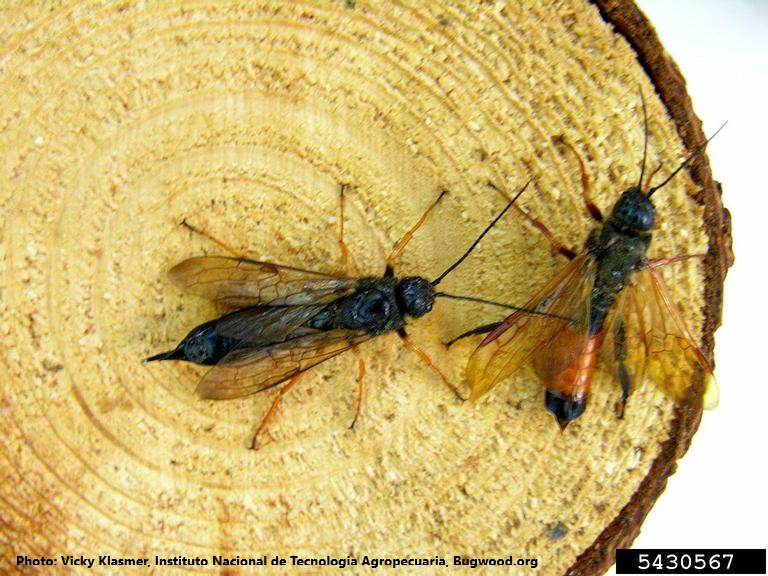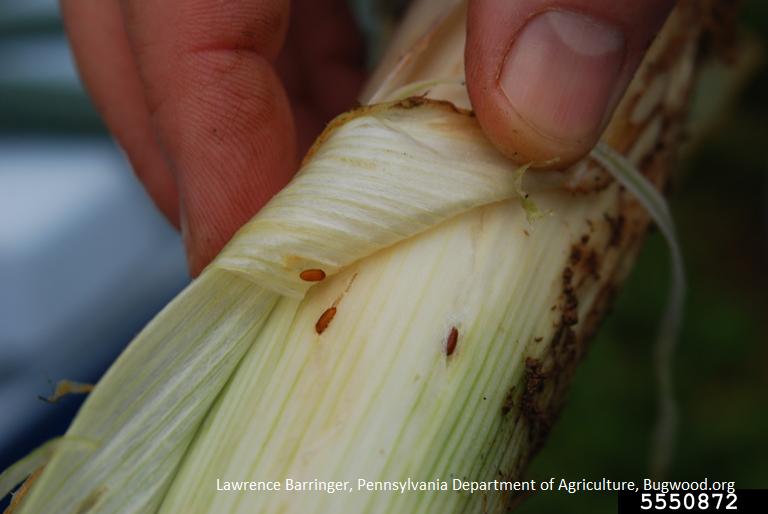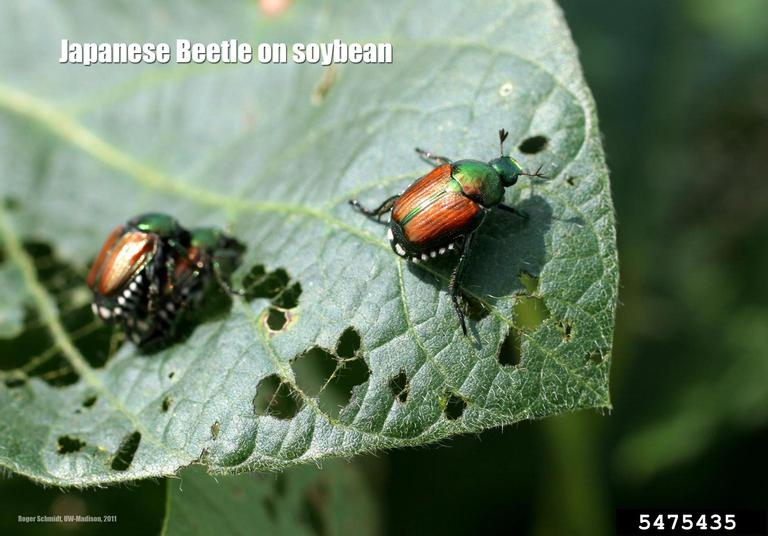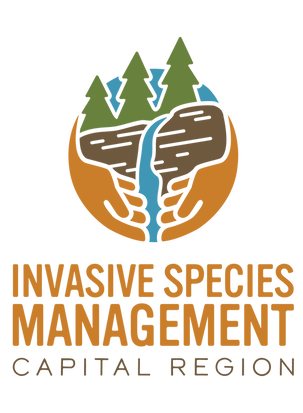2021 Watch-list Species
|
|
These four species are of high concern due to their invasiveness and economic impacts. We ask that if you think you have come across any of them that you report them using the iMapInvasives app, by contacting the Terrestrial Coordinator at the Capital Region PRISM, or by contacting DEC. With early detection and reporting, we can prevent the establishment of these invasive species in our region. For spotted lanternfly sightings please visit www.dec.ny.gov/animals/113303.html and follow the steps for reporting. Be sure to take pictures! |
Invertebrates Click the photos for more information
Tier 1
Tier 2
Tier 3 & 4
|
Other invasive terrestrial invertebrate species that are prohibited or regulated by the state:
|
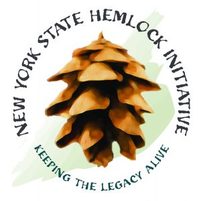
The Hemlock Woolly Adelgid (HWA) is spreading through New York and its current range spans through the middle of the Capital Region PRISM. In order to stop the spread of this insect, we have partnered with the New York State Hemlock Initiative and DEC to report new HWA infestations and assist in the treatment of Hemlock trees in order to boost their natural defenses and stop this insect before it reaches the Hemlock-rich forests of the Adirondacks. If you are interested in assisting with our efforts to save this iconic New York tree, please contact us. |
Don't move Firewood! is a campaign targeted at slowing the spread of forest pests like Emerald Ash Borer and Asian Longhorned Beetle. Their website has downloadable lessons plans, flyers, and other outreach and education materials.
|

